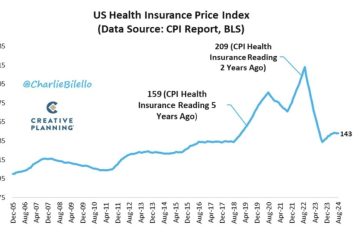Saudi Arabia’s Vision 2030: Economic Transformation and Impact
Introduction
Saudi Arabia, the largest country in the Middle East, is currently undergoing a significant economic transformation under its ambitious Vision 2030 initiative. Launched in 2016 by Crown Prince Mohammed bin Salman, this strategic plan aims to diversify the nation’s economy away from its heavy reliance on oil revenues. The relevance of this initiative extends beyond its borders as it aims to reshape not only Saudi Arabia’s economic structure but also its international relationships.
Details of Vision 2030
Vision 2030 encapsulates a comprehensive framework with various reform programs targeting different sectors. Key areas of focus include developing the tourism, entertainment, and technology industries, which are expected to create jobs and foster economic stability. Major projects include the NEOM city, a $500 billion mega-city envisioned to be an innovation hub, and the Red Sea Project aimed at boosting the tourism sector.
In an effort to draw in foreign investment, the Saudi government has implemented several regulatory changes, including streamlined business processes and allowing 100% foreign ownership in certain sectors. These reforms have already started paying off. For instance, in 2021, the Kingdom attracted approximately $7.4 billion in foreign direct investment, marking a significant increase from the previous years.
Global Significance and Impacts
Saudi Arabia’s transformation has global implications, particularly for oil markets and international relations. The Kingdom remains one of the world’s largest oil producers, and as it shifts its economy, the implications for oil dependency may affect global pricing and supply chains. Additionally, as Saudi Arabia positions itself as a competitive player in sectors like technology and tourism, it will likely engage in an increased number of international partnerships.
The country’s efforts to foster a more sustainable economy also resonate on the global environmental front. By investing in renewable energy and reducing carbon emissions, Saudi Arabia aims to align itself with international climate objectives while preserving its economic future.
Conclusion
As Saudi Arabia continues its ambitious journey towards Vision 2030, the impacts of this transformation are poised to be significant not only for the Kingdom itself but also for the global landscape. Stakeholders worldwide will need to monitor these developments closely, as the Kingdom’s strategic shifts could reshape investment flows, energy markets, and international alliances. It is clear that the fruits of this vision will take years to fully materialise, but as the nation pushes forward, it is important for readers to stay informed about how these changes could influence the global economy.








